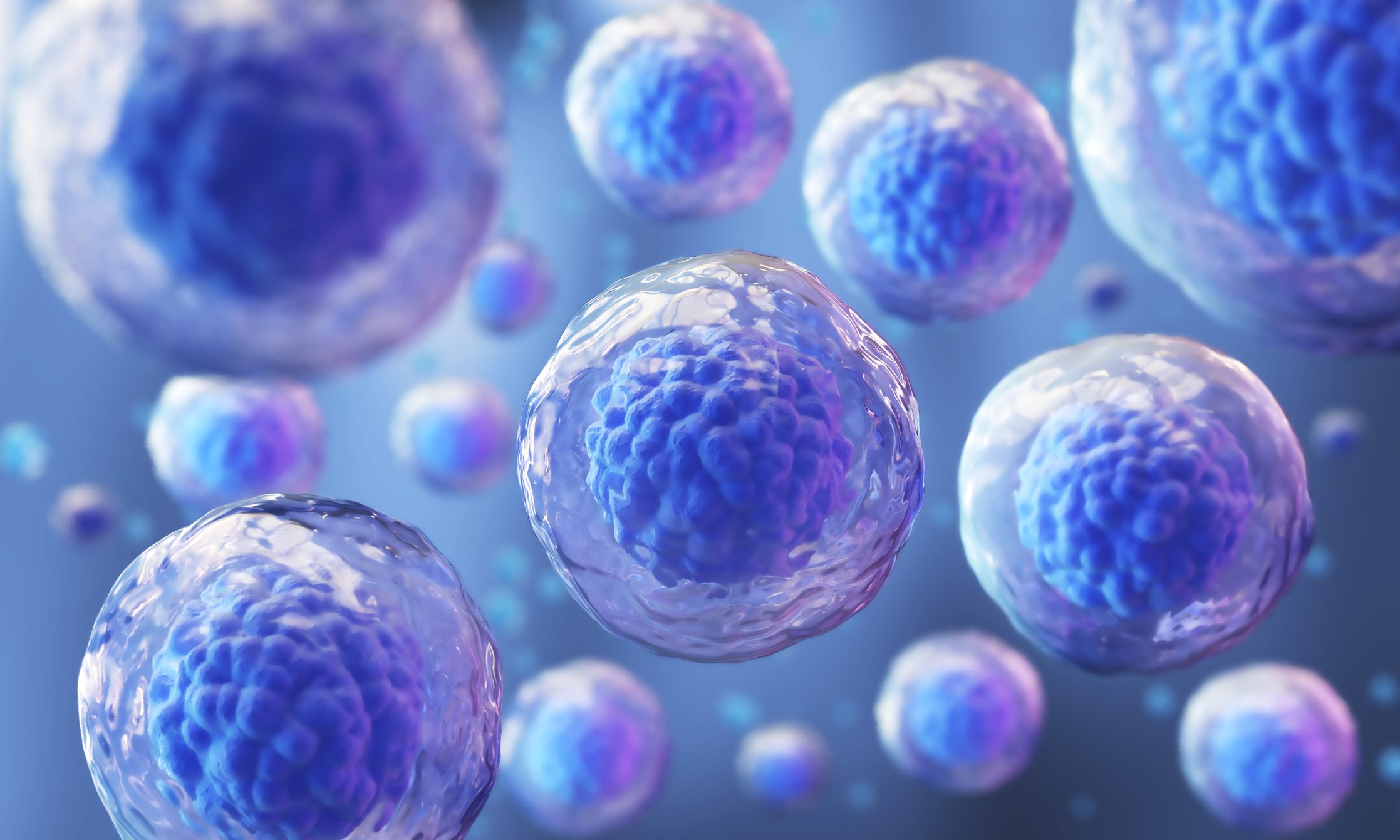A woman previously diagnosed with HIV has had no detectable levels of the disease for the last 14 months. According to a presentation at the Conference on Retroviruses and Opportunistic Infections (CROI) on February 15, the woman received stem cells from umbilical cord blood to treat acute myeloid leukemia.
This is the third case of an HIV patient going into remission after a stem cell transplant. The International Maternal Pediatric Adolescent AIDS Clinical Trial (IMPAACT) Network conducted an observational study for this treatment, led by Yvonne Bryson, M.D., of the University of California Los Angeles, and Deborah Persaud, M.D., of John Hopkins University Baltimore.
The study first began in 2015 and was designed to describe the outcomes of up to twenty-five participants living with HIV who underwent a transplant with cord blood stem cells, which are used to treat underlying conditions such as cancer and hematopoietic disease.
The treatment utilizes chemotherapy and a transplant of stem cells with the CCR5 genetic mutation in order to kill off the cancerous immune cells. CCR5 co-receptors are what HIV uses to infect cells. Scientists on the project theorize that patients receiving the stem cell treatment then develop an HIV-resistant immune system.
This particular case involves a woman of mixed-race ancestry who had been on antiretroviral therapy for HIV infection for four years when diagnosed with leukemia. The cancer went into remission after chemotherapy.
In 2017, the woman received the cord blood stem cells, supplemented with adult donor cells from a close relative. By day 100, she had no detectable HIV, and at 37 months, she was able to discontinue her antiretroviral therapy. The woman has now gone 14 months with no trace of the HIV virus.
HIV remission resulting from stem cell treatment has been documented in two other cases. The first is a Caucasian male who experienced HIV remission for 12 months and was deemed cured of HIV but unfortunately passed away in September 2020 from leukemia. The other is a Latino male who has been in remission for 30 months.
Both men were cured by receiving stem cells via a bone marrow transplant, a somewhat different procedure from the woman who received stem cells from cord blood. Bone marrow transplants can be highly invasive and risky, so it is not a realistic option for most patients. The bone marrow procedure is generally only offered to people who have exhausted other options.
Because stem cell transplants can be toxic and even fatal, experts emphasize that it is unethical to attempt the procedure in a patient who is not diagnosed with a fatal disease that would make them a candidate for such a dangerous treatment.
Indeed, Dr. Persaud, a pediatric infectious disease specialist at Johns Hopkins and chair for IMPAACT Network who helped to conduct the study, noted that while the finds have been exciting, treatment via stem cells is “still not a feasible strategy for all but a handful of the millions of people living with HIV.”






